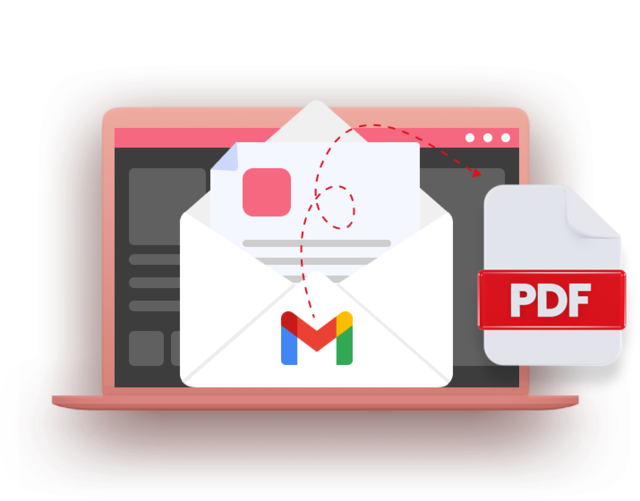In the digital age, email is an integral component of communications, and Gmail stands out as one of the most popular platforms. However, managing and organizing emails can be difficult. The ability to save email as PDF is a great method to share and save important messages.
Why Save Emails as PDF?
First, let’s understand why it is important to save emails in PDF. PDF, also known as Portable Document Format is a standard file format that is renowned for its flexibility and uniformity across all devices. You can create a PDF snapshot of your email content, which preserves all formatting, attachments and overall structure. It’s a great way to keep important information safe and make it simple to send out. For more information, click Save Email to PDF

How do you save an email as a PDF file in Gmail
1. Open the email: Log into your Gmail account. Then, open the email you want to save as PDF.
2. Click on the Print icon. The icon for printing is typically represented by a printing device. Click it to open the Print dialog box.
3. Select “Save as PDF” as the Destination: In the dialog box for printing select “Save as PDF” from the list of printers that are available.
4. You are able to alter the settings prior to saving. This includes the paper size and orientation, layout and so on.
5. Click “Save”: Click on the “Save” and select the destination folder to save the email.
Save email as PDF – Your Ultimate Guide to Seamless Conversion
Let’s take a look at additional ideas and suggestions that can improve your experience saving emails as PDFs within Gmail.
Organize using Folders Create separate folders for each category to maintain a systematized approach. For example, you might have folders for emails related to work as well as personal correspondence. Or specific projects. The saving of PDF files into the folders will make retrieval easy.
Gmail can be used to batch process if you want to print multiple emails. This time-saving feature is particularly useful when you need to archive entire conversations or project threads.
Name conventions: Make sure you use a common name for all of your PDFs. Include information such as the sender’s name, the subject or date in order to find specific documents.
Password protection: To boost security, password protect sensitive PDFs. This will ensure that only authorized individuals can access the contents, providing an additional layer of security.
Cloud Storage Integration: Think about the possibility of connecting your Gmail account with cloud storage services. This means you can save your emails to Google Drive or other platforms as PDFs, allowing access to them from any location.
You can also read our conclusion.
In the end, the capability to save emails in PDF in Gmail is a valuable capability that improves your email management and organizational capabilities. Converting emails to PDF is an option for archiving important communications, establishing libraries of reference data and sharing the information with colleagues.
Keep in mind that mastering this method can not only simplify your workflow but helps to create an efficient and well-organized digital experience. While you traverse the vast ocean of email correspondence, use the ability of PDF to save as well as share your messages effortlessly. Keep your emails in a PDF, and experience a faster Gmail experience.
